Popular games for platform SG-1000
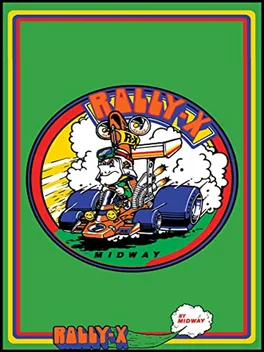
Rally-X is a maze & driving arcade game, that was released by Namco in 1980 and licensed to Midway Games for US manufacture and distribution in 1981. It was ported to the SG-1000 in Taiwan.

There is trouble in the mines! Volcanic activity has trapped numerous miners, and it is your job to save them. As Roderick Hero, you need to make your way through the dangerous mineshaft avoiding the dangerous creatures and lava, and find out where the miners are located before you run out of energy. To help on your mission, Roderick Hero has several useful types of equipment. A prop pack will allow you to hover and fly around the mineshaft and (hopefully) avoid the many dangers within. Your helmet features a short range microlaser beam which can be used to destroy the bats, spiders, snakes, and other creatures you'll encounter in the mines. From time to time, your path through the mine may be blocked by stone or lava walls. You begin each mission with six sticks of dynamite which can be used to destroy these obstacles (be careful you don't blow yourself up, though!) If you run out of dynamite, your laser beam can also be used to destroy the walls, though this will take longer and use up more energy. As the levels progress, the mine shaft will become longer and more maze-like, creatures will more frequently block the path, and lava walls and pools will appear which are dangerous to the touch.
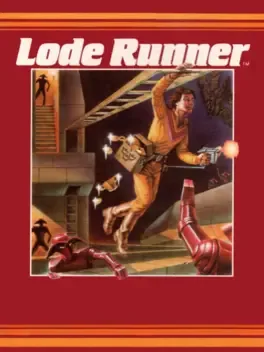
Lode Runner is a 1983 puzzle video game, first published by Brøderbund. It is one of the first games to include a level editor, a feature that allows players to create their own levels for the game. This feature bolstered the game's popularity, as magazines such as Computer Gaming World held contests to see who could build the best level.
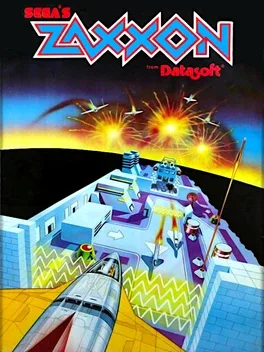
Zaxxon is a 1982 isometric shooter arcade game developed and released by Sega. The game gives the player the experience of flying a fighter craft through a fortress while shooting at enemy entities (missiles, enemy gunfire, etc.) The object of the game is to hit as many targets as possible without being shot down or running out of fuel, which can be replenished paradoxically, by blowing up fuel drums.
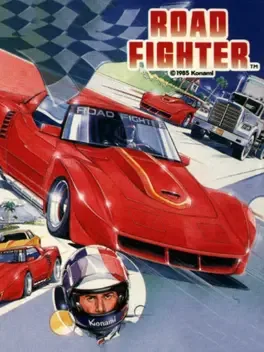
Road Fighter is a car-based arcade game developed by Konami and released in 1984. It also was the first car racing game from Konami. The goal is to reach the finish line within the stages without running out of time, hitting other cars or running out of fuel (fuel is refilled by hitting a special type of car). The game also spawned two sequels in its time, Midnight Run: Road Fighter 2 in 1995 and Winding Heat in 1996, respectively. A Japan-only rebooted sequel was also released in 2010, 14 years after Winding Heat.
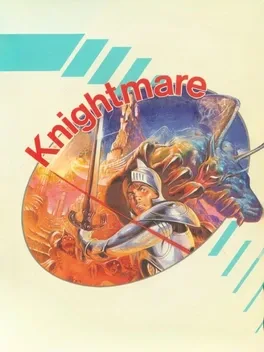
Knightmare, known in Japan as Majou Densetsu (魔城伝説 , Demon Castle Legend?), is a 1986 MSX vertical scrolling shooter computer game. The player is a knight, Popolon, who has to fight his way through several levels to defeat Hudnos and rescue Aphrodite. Knightmare was an innovative upward-scrolling shoot 'em up game on the MSX system released as game cartridge. The top-view graphics were considered very sophisticated for its time, similar to other MSX games such as Nemesis and Penguin Adventure. Konami also released a slightly altered version that could be bought from LINKS network. (Japanese "internet replacement" of the 80's) In this version you could submit high scores to online server. It was brought without a license to the SG-1000 in Taiwan.
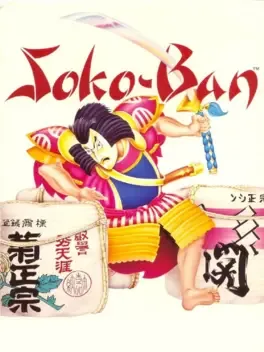
Sokoban ("warehouse keeper") is a is a classic puzzle game created in 1981 by Hiroyuki Imabayashi, and published in 1982 by Thinking Rabbit, a software house based in Takarazuka, Japan. In 1984 the ASCII Corporation published a version produced by Khaled Bentebal. It was the basis of numerous clones in the later years. It is set in a warehouse. On each level, the player must push crates (from square to square) to get them onto designated spots; once each crate is on a marked spot, the level is complete. Crates can only be pushed one at a time (so two crates next to each other cannot be pushed together), and cannot be pulled--so it's possible to get a crate stuck in a corner, where it cannot be retrieved! By the last levels, you must plan 40 steps in advance.
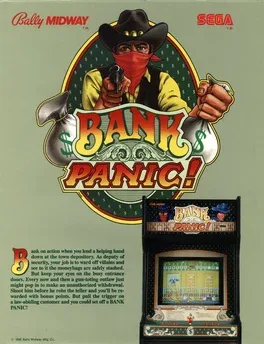
Bandits are holding up a bank and have taken people hostage, and as a gunslinger, it's your job to shoot them. The bank has 12 doors, and the bandits are behind each one of them. When they pull a gun out at you when you open a door, you have only a few seconds to shoot them before they shoot you. If you shoot them too early (ie: before he sticks his gun out at you), it is considered unfair, and you won't score any points, but if you're too late, he'll shoot you and you lose one of your three lives.If you waste too much time, a bandit will come out from one of the doors and stick dynamite on it. You must then shoot the dynamite to get rid of it. If you're lucky, either a man or a woman will throw you a bag of gold coins. If you shoot any of these people by accident, you also lose a life. More often than not, the person will throw his/her hands up, saying "I haven't got anything". That's when they will be replaced by bandits. Some men will carry three to five pieces of gold on top of their heads, and shooting at all of the gold will award you with a bag of gold coins. Others will be tied up with rope. If you shoot the rope, there's more money for you, because not only will you receive one bag of gold coins, but you'll get three bags of gold coins.
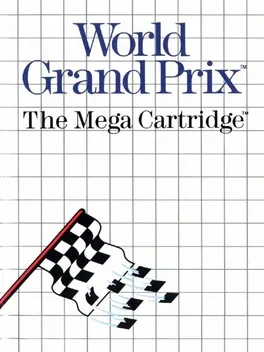
Feel the excitement of the starting line up and take in the atmosphere before letting your throttle unleash to send your formula one-style vehicle around the courses at incredible speeds! In the amazing World Grand Prix you must battle your way up the pack to snatch pole position and maintain it for as long as possible to whoosh over the finish line first in each race to become the true tarmac racing champion!
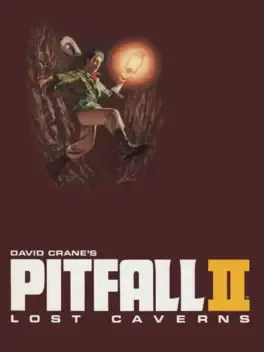
Pitfall II: The Lost Caverns is the sequel to Pitfall and was released for a variety of systems during the mid-1980s including the SG-1000 in 1985. It was also ported to Sega System 1 arcade hardware by Sega. Gameplay is similar to the original game, but the levels are more maze-like. Sega's version of Pitfall II was tweaked significantly from its western counterparts released for the Atari 2600, ColecoVision etc. The gameplay is largely the same, but there are many additions. These include a Lives system, mine-carts, balloons, and a final Demon boss. The increased specifications of System 1 hardware means the arcade version is much more detailed and allows the player to see more of the maze at one time. The SG-1000 version is directly inspired by the arcade game, and though cannot match the same level of graphical quality, it is arguably the nicest looking home port of the game.
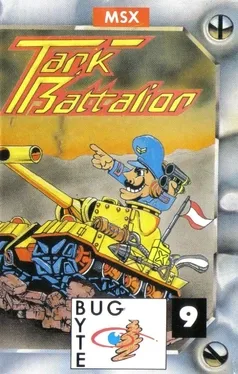
A maze game where the player controls a tank and battles enemy tanks that pursue and attack.
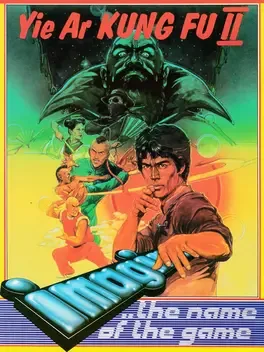
The new version of Yie Ar Kung Fu!! Even more thrills and suspense!
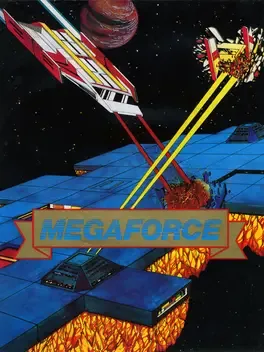
In the game, the player pilots a starship called the Final Star, while shooting various enemies and destroying enemy structures for points. Unlike later vertical scrolling shooters, like Toaplan's Twin Cobra, the Final Star had only two levels of weapon power, and no secondary weapons like missiles and/or bombs. Each stage in the game was named after a letter of the Greek alphabet. In certain versions of the game, there is an additional level called "Infinity" (represented by the infinity symbol) which occurs after Omega, after which the game repeats indefinitely.
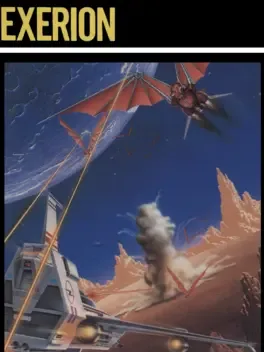
Exerion is a vertical shoot 'em up released by Jaleco in 1983 and licensed to Taito for distribution in the United States. Screenshot from arcade version Exerion is a shoot 'em up game featuring parallax effects and inertia simulation, something notable for 1983. The player travels around strange scenarios shooting aliens. The player has two types of guns: fast single shot (limited) or slow double shot (unlimited). In 1984, along with the MSX1 port of the original, a sequel was released titled Exerion II: Zorni for the MSX1, with similar gameplay to the original. There were plans for an NES release of this game. In 1987, the game was followed by the semi-sequel titled Exerizer, also known as Sky Fox.
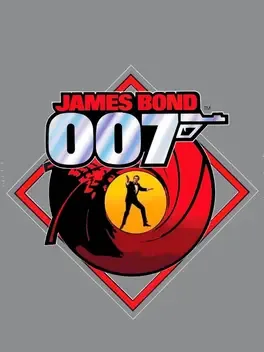
When it comes to fast-paced action and intrigue, nobody does it better than Bond. James Bond. But you can try when you reenact scenes from four great James Bond movie classics. 007's specially designed vehicle will take you on the ride of your life--over land, in the air, and under the sea! Through it all you must avoid obstacles, avert enemies, and accomplish four different missions!
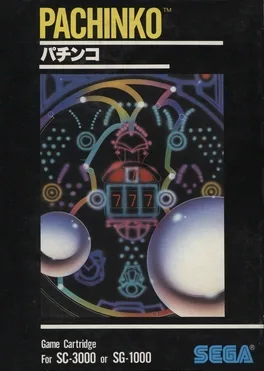
Press 1 on the alpha-numeric keyboard. A giant Pachinko game appears on your TV. You and your opponent are at the lower part of the screen. The digital readout scoreboard will appear at the bottom of the screen when play begins. The left hand control maneuvers the player at the left. The right hand control maneuvers the player at the right. Push the joystick left to go left. Push it right to go right. You can play another person or the computer. To signal the computer you're in the game, press the action button or move the joystick of your hand control in any direction. If the computer does not get a response from either of the hand controls, it will play by itself. Each of the players on the screen has an energizer. Press the action button to flip up your energizer and hit one of the balls. When you hit the ball with your energizer, it will change to your color and rocket back into play. If your energizer is completely raised when it hits, the ball will continue its same horizontal direction. If your energizer is not completely raised, the horizontal direction of the ball is reversed. A player will move at one-half normal speed when the action button is depressed. If a ball hits a player, it will begin to lose its energy. If your opponent's ball hits the rotor at your side of the screen, the ball will change to your color. If your ball hits your opponent's rotor, the ball will change to your opponent's color. The Magic Mountain is centered at the bottom of the playing field. If you bounce the ball off the Magic Mountain, the numbers in the cups will change. You have a better chance of scoring in the cups on your side of the screen, so it's good strategy to get higher numbers in the cups on your side and lower numbers in the cups on your opponent's side. CAUTION! BEWARE OF THE TROUBLESHOOTER! He's the unpredictable, uncontrollable spoilsport who keeps running back and forth across the center of the screen. The Troubleshooter is a lot of trouble because he keeps trying to take your ball out of play and shoot it over to your opponent. The game ends at 100 points or any pre-agreed multiple of 100 points. You can also play against the clock. To play again, press the RESET key on the alpha-numeric keyboard and then press 1.
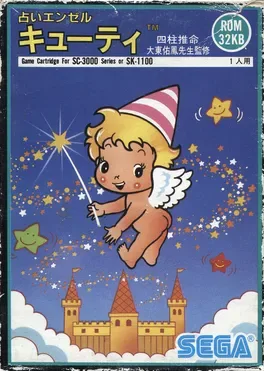
Uranai Angel Cutie (占いエンゼルキューティー) is a fortune telling program published by Sega for the SC-3000.
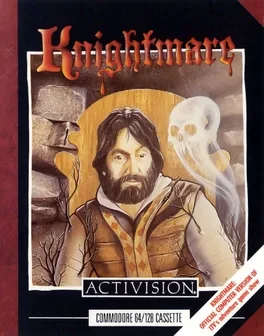
A fantasy-themed vertical scrolling shooter released in 1986 for MSX, also available for Wii's Virtual Console in Japan. It was brought without a license to the SG-1000 in Taiwan.
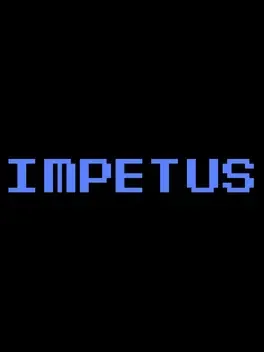
A vertically scrolling shooter developed by Inofuto for a variety of systems.
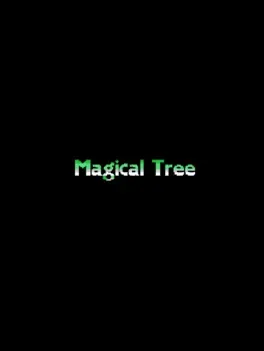
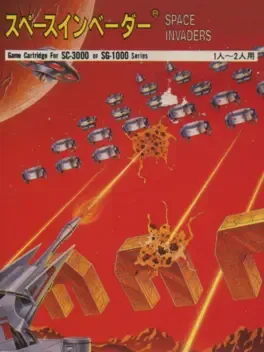
The SG-1000 port of Space Invaders.
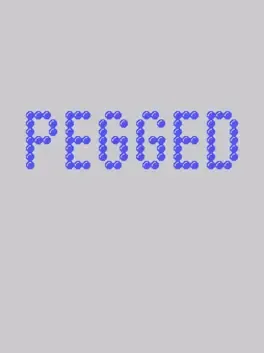
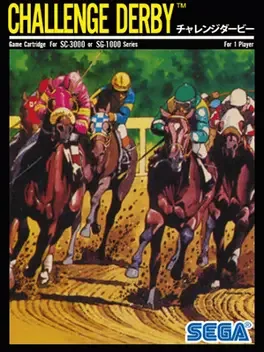
Challenge Derby is a horse racing game for the SG-1000.

Doki-doki Penguin Land is a 1985 game initially developed by Sega for the SG-1000. It is a platform-based puzzle game, where a penguin must guide an egg down the screen making sure not to break it. The basic aim of Doki-doki Penguin Land is to guide an egg from the top of the screen to the bottom. To do so means digging downwards, making sure it does not smash in the process. As a puzzle-platformer, everything is affected by gravity, and if the egg falls from a great height, it will smash. Success is achieved by making your way down the playfield carefully. You control a penguin. 1 jumps, 2 digs. The penguin can push the egg left or right, and can jump on it to make sure it doesn't get stuck against a wall. Digging affects the tile one block left (or right) and one block down away from the penguin's position, meaning it is impossible to dig straight downwards. If the egg gets into a position where it cannot be moved left or right, jumping and landing on it will cause it to smash. The penguin cannot be damaged, but can be temporarily stunned, the objective being to protect the egg, not necessarily yourself. If the player leaves the screen from the bottom he/she will emerge from the top.